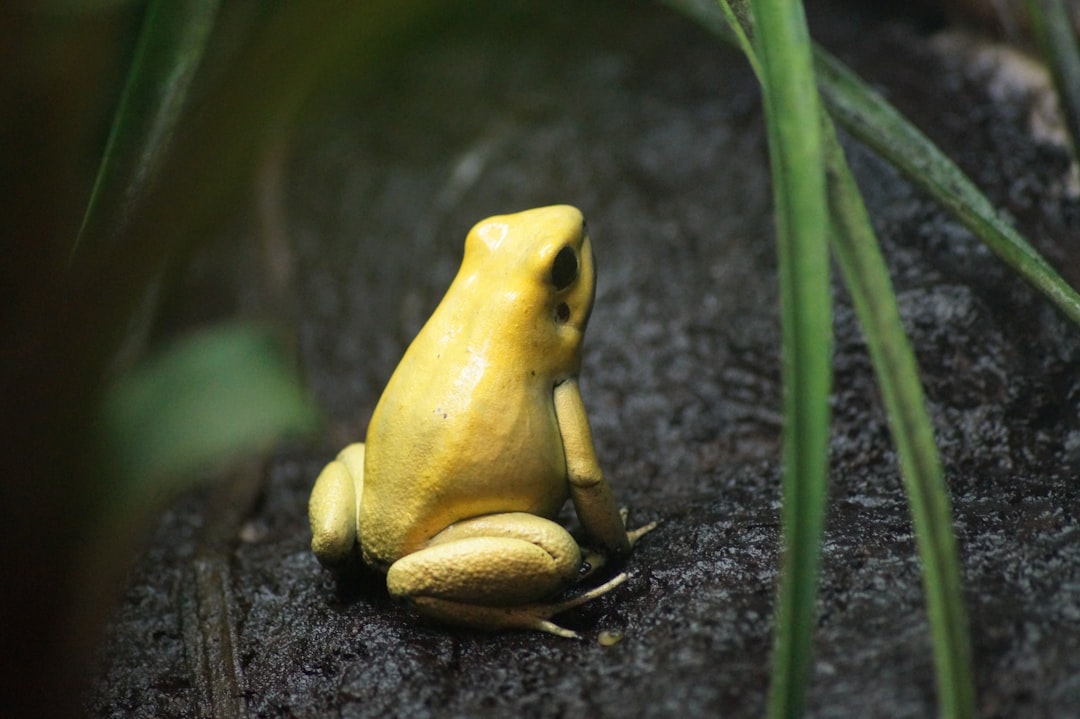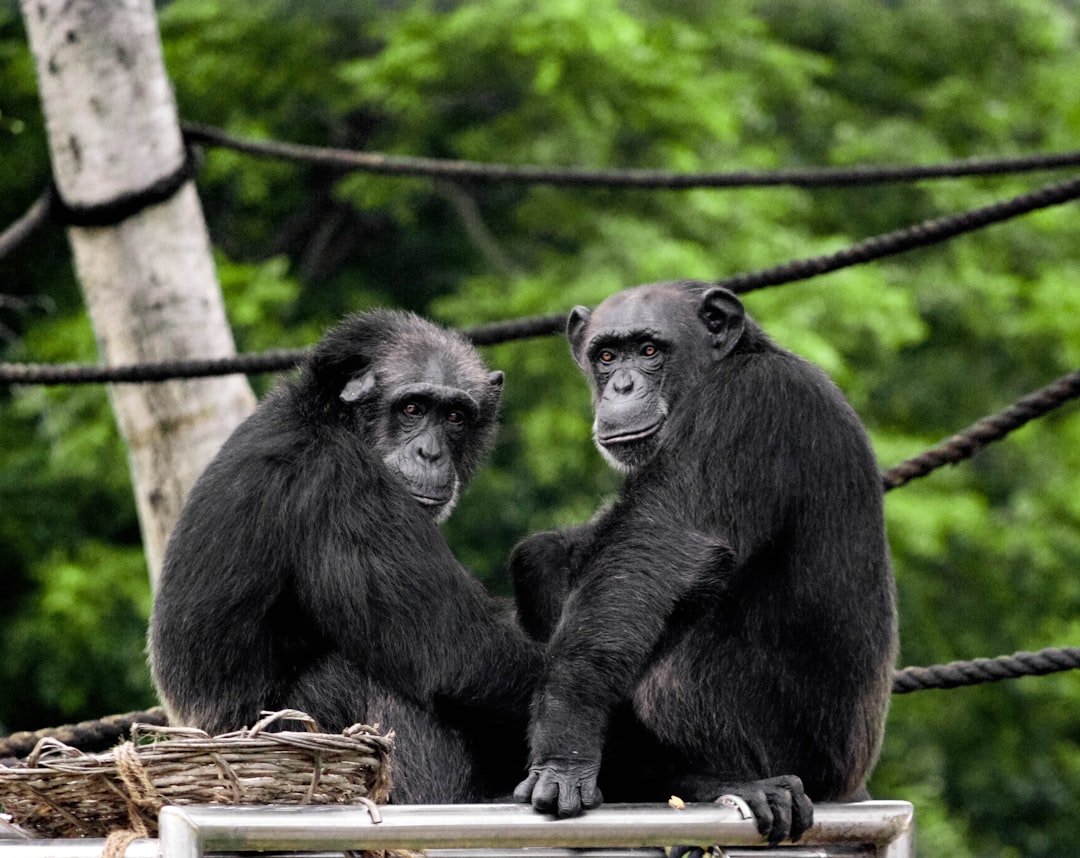What is it about?
The study elucidates how the climatic and land-use changes in concert drive the changes in alpine plant species assemblages along elevation gradient.
Featured Image
Why is it important?
The study elucidates that the observed temporal changes in alpine vegetation, largely contrasting the expected upslope shift of species due to climate warming, are driven most likely by interactions of contemporary climate and land-use changes, especially reduced grazing. The complex interactions and feedback mechanisms between warmer winters, increased precipitation, reduced grazing pressure, and thereby altered species interactions most likely facilitated the downslope shift of alpine species assemblages. Climatic and land-use responses of plant species assemblages should therefore be studied focusing on the potential interactions between both the climatic and the land-use factors because such interactions and feedback mechanisms have potential to mask or modify the expected climatic or land-use response of biodiversity.
Read the Original
This page is a summary of: Downhill shift of alpine plant assemblages under contemporary climate and land-use changes, Ecosphere, January 2018, Wiley,
DOI: 10.1002/ecs2.2084.
You can read the full text:
Contributors
The following have contributed to this page










